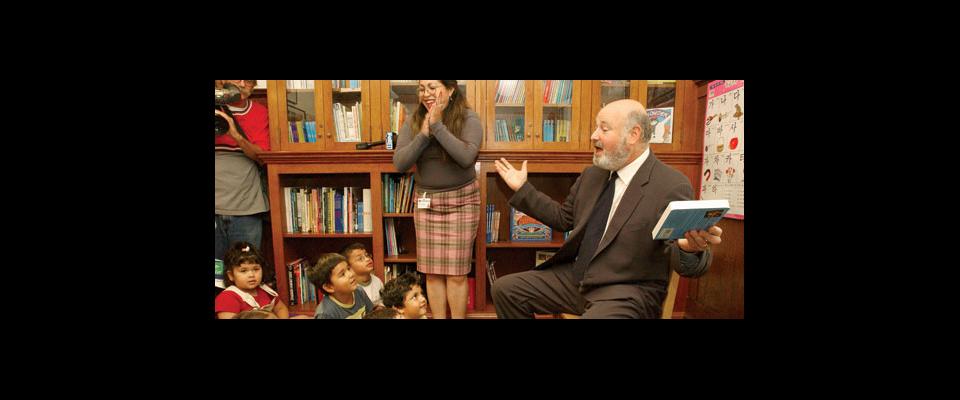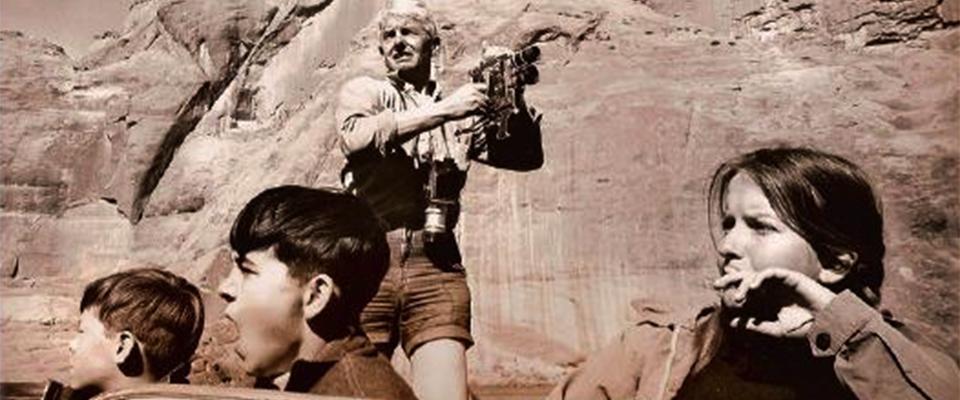A son confronts his birth and his mother’s death.
Having a parent with Alzheimer’s disease or another form of dementia can be a painfully long and sad way to say good-bye. It also reaffirms the adage about laughing to keep from crying. After my mother’s memory became seriously impaired, my older sister and I never knew how much of Mom would be there when we visited her at the assisted living facility. She changed from moment to moment, which is how she lived the final months of her life, from moment to moment. Buddhists spend their whole lives trying to live in the moment. By that standard, Mom was enlightened.
Her existence in the moment also provided my sister and me with a running comedy routine, one that was both funny and tragic. One minute my mother would introduce me to the other ladies in the unit as “my son, Don.” Two minutes later, she’d turn to me and say, “Where did we meet?”
Where did we meet? Actually, it’s a good question.
My relationship with my mother began about a month before I was conceived, on January 23, 1953. You see, I was a bereavement baby, and I’ve come to believe that the single most important event of my childhood occurred on that day ten months before I was born. It’s most certainly why I was born.
Let me begin the story with a newspaper clipping that my sister and I found when we were going through my mother’s things, after we sent her to the assisted care facility. It was clipped from the January 24, 1953, edition of a New Jersey newspaper, headlined “Ramsey Boy, 4, Falls from Car, Dies of Injuries”:
Little Alan Lattin met death yesterday because he was unwilling to accompany his mother, Mrs. Muriel Lattin of 147 Myrtle Avenue, in her car to pick up his sister at elementary school, the boy’s father, Warren, said today.
Alan, 4, took the back seat of his mother’s 2-door sedan protesting that he wanted to stay with the neighbor they were visiting.
Mrs. Lattin prepared to get into the driver’s seat when, with the car standing still, the boy thrust the hinged front seat forward.
The impact somehow opened the right hand door and he was catapulted, head first, onto the driveway. He picked himself up, resumed his position in the car, and lost consciousness.
Mrs. Lattin drove her boy to the Good Samaritan Hospital in Suffern, where he died a few minutes later. Cause of the death is still not determined.
On November 15, 1953, I was born in that same hospital in Suffern, New York. My parents named me “Donnie” after Alan’s imaginary friend—a little boy he would blame for his minor misdeeds. “I didn’t do it,” Alan would insist, “Donnie did it.”
When I was about 4 years old, I started talking about my own imaginary friend. His name was Russell. “I didn’t do it,” I’d insist. “Russell did it.” Our family appeared to resume the normal routines of suburban life in the 1950s. My parents had cocktail parties. My family rarely talked about Alan, and never mentioned the details of his death. My sister and I didn’t know the whole story until my mother lost her memory of it and we found that newspaper clipping in a box of keepsakes. When we were growing up, Alan’s name was spoken only when we’d look at old family photos and my parents would try to figure out if the little boy with the pointy ears in that picture was Alan or Donnie. We could have been twins.
My parents divorced in the 1960s. My father, who died in 1995, once confessed to me during a night of heavy drinking that he never really forgave my mother for Alan’s death. It took my parents 15 years to get divorced, but I think the marriage ended the day my brother died.
When I left home to go to Berkeley in the early 1970s, Mom needed another surrogate son, someone else she could care for, someone else to keep her from thinking about what happened to Alan on that driveway back in Ramsey, New Jersey. She found him in the form of her second husband. My sister and I could never really figure out what Mom liked about the guy, except perhaps that he was named Russell, like my imaginary friend. By the time she went into assisted living my mother no longer remembered either of her husbands. But she did remember Donnie. There were days when she called everyone “Donnie.” My sister was “Donnie.” The nurses were “Donnie.” Her stuffed animals were “Donnie.” Everyone was “Donnie,” except for me. She was not sure who I was.
Last spring I wrote that story in the opening chapter of a memoir published by University of California Press, titled Distilled Spirits: Getting High, Then Sober, with a Famous Writer, a Forgotten Philosopher, and a Hopeless Drunk. But in the book the story was told in the present tense, because my mother was still alive when I wrote it.
The last time I saw her was just after midnight on Monday, July 30, 2012. My sister had called me two hours earlier to tell me she had died. I found her in bed like she had just fallen asleep, which she had. The death of her mind had been long and painfully slow. It took a decade. The death of her body came instantly. She was 92.
The last time I saw Mom alive was in June. My wife and I were sitting in the center courtyard at the nursing facility, Eskaton Lodge. It was a beautiful day. I’d just gotten the advance reading copy of my book. I showed it to my mother. There’s a photograph in the book of Mom, Dad, my sister, and me sitting in our living room in Chesterland, Ohio in 1959. I opened the book to that page and handed it to her. Above the family photo is a separate picture of her first son, Alan, taken in early 1953, just before he died. “Who’s that?” I asked, pointing to the photo of Alan.
“That’s my son,” she said, amazing me with a sudden return of her memory.
“Which son?” I asked.
“Of course,” she said. “Why, why I have any. We never let anybody have it.”
I recorded what Mom said that day and later really listened to the words. They made sense in a nonsensical way. She was like a Zen master giving us a koan.
“Which son is that?” I asked her. “Is that Alan or Don?”
“If that’s a nice one, take it in,” she said. “If it was a boy or a girl or anything, that looks nice.”
Then she looked off into space. “Just bring it in and it looked so good,” she said. “And did you take it in?”
“Yes,” I answered, “I think I took it in. Did you take it in?”
She looked me straight in the eye, puzzled.
“There is a nice boy,” she said.
Then she pointed individually to each member in our family photo.
“One, two, three, four,” she said.
Then she pointed to Alan’s photo and to another one of me on the opposite page. “Five, six,” she added.
She looked at the picture of me on the opposite page taken when I was 20 years old, with long hair and attitude, leaning against a wall in London, next to a sign that reads “Berkeley Street.”
“What was he in for?” she asked.
“Twenty to life,” I replied.
“Oh, yeah?” she said.
“Yeah,” I replied, “but they let him out.”
I laughed. And she laughed with me. That’s how I’ll remember her, for as long as I am able to remember.
For most of my career, I was a religion reporter working for daily newspapers. Among newspaper reporters I is a dirty word, or at least it used to be. So for a long time I was reluctant to write my own story.
That changed while my mother was at Eskaton Lodge, where most of her life’s memories died before she did. Her final lesson to me is to write my memories down while I still have them. And once they are gone, to just be there. And laugh.




















